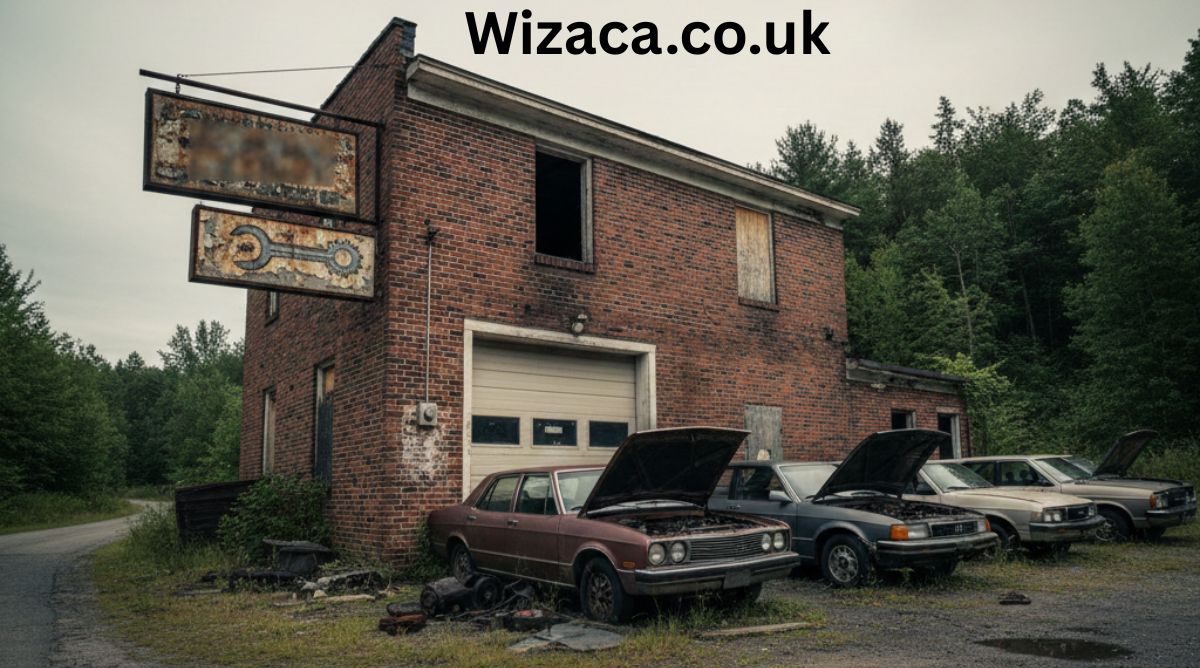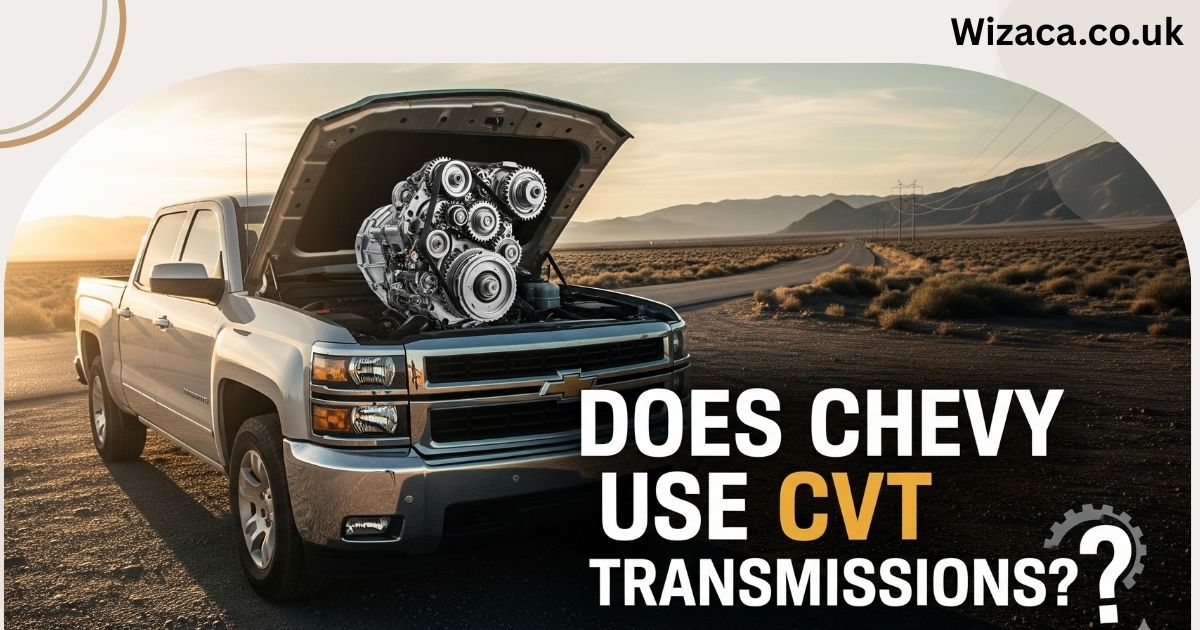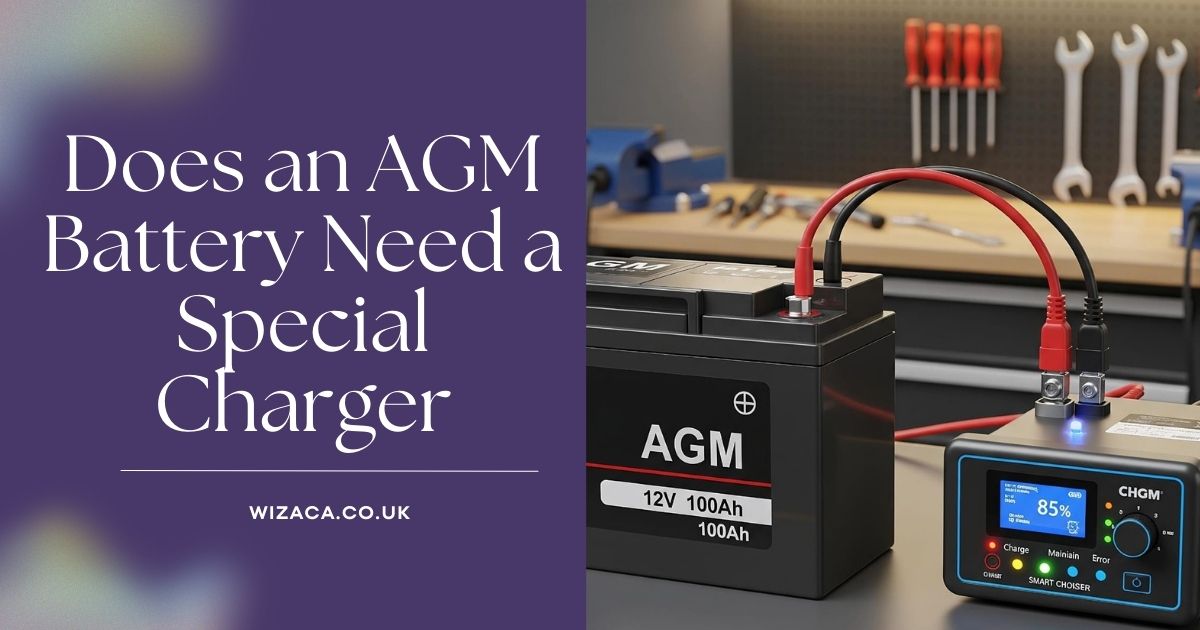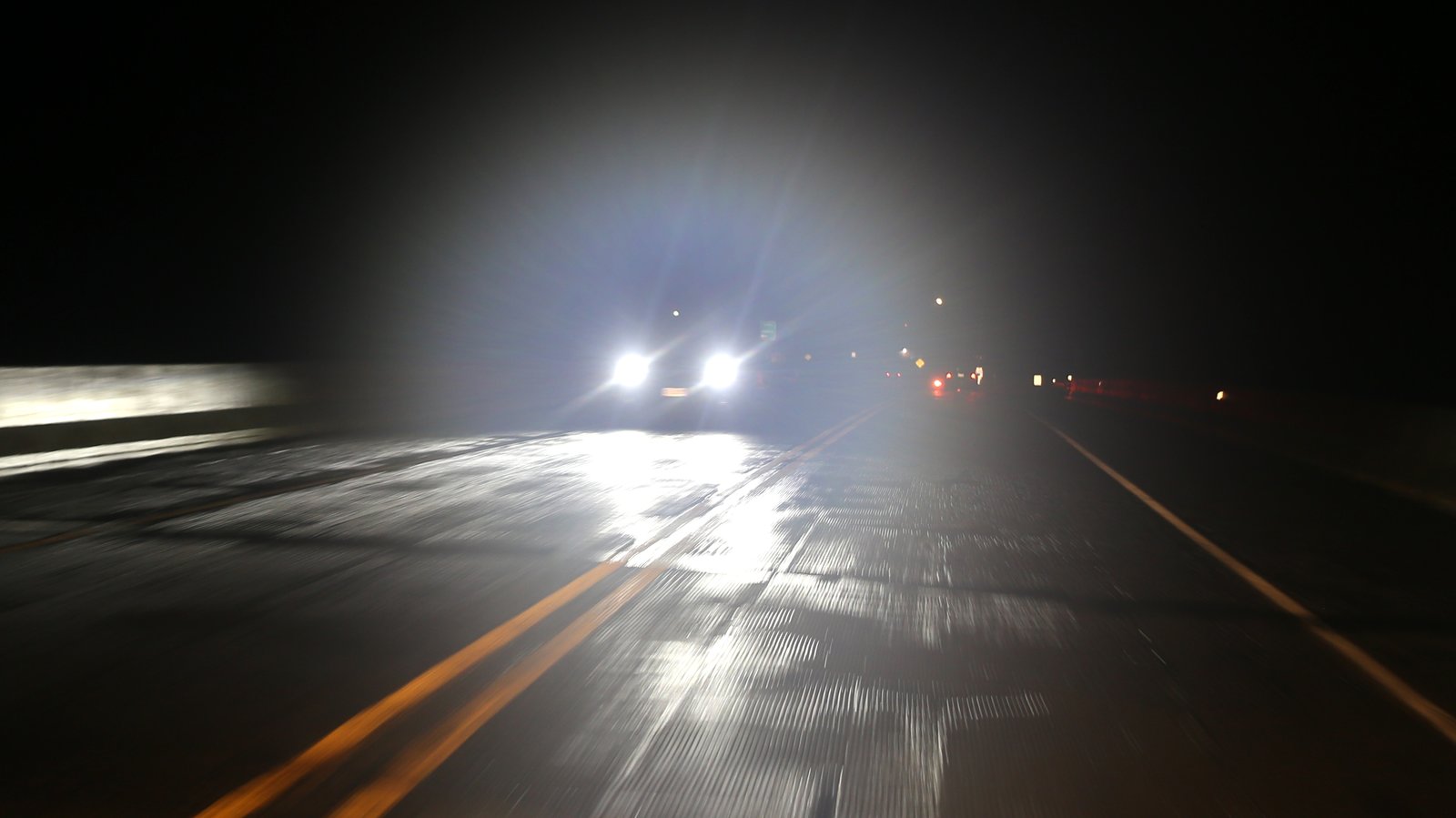Yes, most modern motorcycles have an alternator. It’s an essential component of the motorcycle’s electrical system, responsible for generating electrical power while the engine is running. The alternator keeps the battery charged and powers the motorcycle’s lights, ignition system, and other electronic components.
However, the design of a motorcycle alternator can be different from that of a car, and some motorcycles use variations like magnetos or stators that serve the same purpose.
What Does an Alternator Do on a Motorcycle?
The alternator:
- Generates electricity to recharge the battery.
- Supplies power to lights, ignition systems, instrument clusters, and any additional accessories.
- Ensures there’s enough power to keep the engine running smoothly and electrical components functioning properly.
How Does a Motorcycle Alternator Work?
A motorcycle alternator works similarly to a car’s alternator but is usually more compact and simplified.
- It uses a stator (a stationary set of coils) and a rotor (a spinning magnet or set of magnets).
- As the rotor spins, it creates alternating current (AC) in the stator.
- The regulator/rectifier then converts AC to direct current (DC) to charge the battery and power the electrical systems.
Types of Charging Systems in Motorcycles
1. Alternator with Stator and Rotor (Most Common)
- Found in most modern motorcycles.
- Typically located inside or near the engine casing.
- Produces power efficiently at a range of engine speeds.
2. Magneto (Older or Simpler Bikes)
- Similar to an alternator but simpler in design.
- Generates power for ignition systems directly, often without needing a battery.
- Common in dirt bikes, small motorcycles, and older models.
3. Dynamo (Rare Today)
- An older system that produces direct current (DC) directly.
- Rarely found in modern motorcycles.
Do All Motorcycles Have Alternators?
Yes, in Some Form
- Street motorcycles, cruisers, sport bikes, and touring bikes almost always have an alternator system to maintain battery charge and power electrical systems.
- Dirt bikes, ATVs, and older motorcycles may use a magneto instead of a modern alternator but still serve the same function.
Signs of a Failing Motorcycle Alternator
- Battery doesn’t hold a charge
- Dim or flickering lights
- Difficulty starting the bike
- Electrical components stop working
- Battery warning light (if equipped)
If your alternator or stator isn’t working properly, your battery will eventually die because it won’t be recharged as you ride.
Can You Replace or Repair a Motorcycle Alternator?
Yes.
- On motorcycles, this typically involves replacing the stator or regulator/rectifier.
- Depending on the bike, parts can cost $100 to $500, with additional labor costs if done professionally.
Conclusion
Most motorcycles have an alternator (or an equivalent system like a stator and regulator/rectifier) that charges the battery and powers the bike’s electrical systems. Without it, your battery would quickly drain, and your motorcycle wouldn’t function properly. Regular checks and maintenance help keep your charging system in good shape, ensuring reliable starts and performance.
FAQs
Do All Motorcycles Have Alternators?
Yes, but the design may vary. Some bikes use magnetos or stator/rotor systems, which are technically types of alternators.
Can a Motorcycle Run Without an Alternator?
Only until the battery dies. The alternator is essential for recharging the battery and powering electrical systems while riding.
How Do I Know If My Motorcycle Alternator Is Working?
Test the battery voltage with a multimeter while the engine is running. It should read 13.5 to 14.5 volts. Anything lower suggests a charging problem.
How Much Does It Cost to Replace a Motorcycle Alternator?
Parts range from $100 to $500, depending on the motorcycle. Labor costs vary based on complexity.
What’s the Difference Between a Magneto and an Alternator?
A magneto generates power directly for the ignition system and often doesn’t need a battery. An alternator (with a stator and rectifier) charges the battery and powers all electrical systems.
Also Check:
• Does a Motorcycle Battery Charge While Riding?
• Does a Lawn Mower Have an Alternator?
• Does a Hyundai Have a Regular Battery?











One thought on “Does a Motorcycle Have an Alternator?”